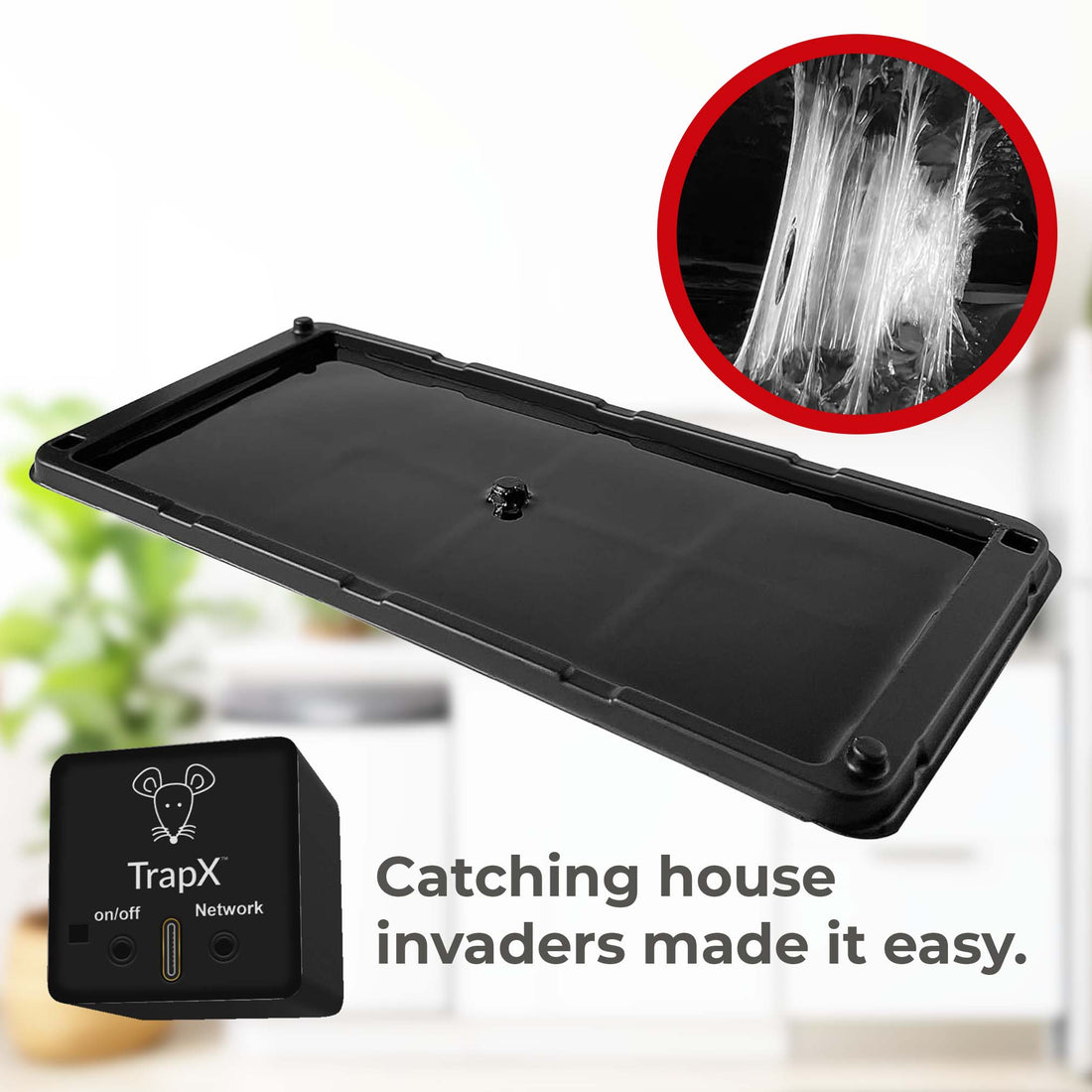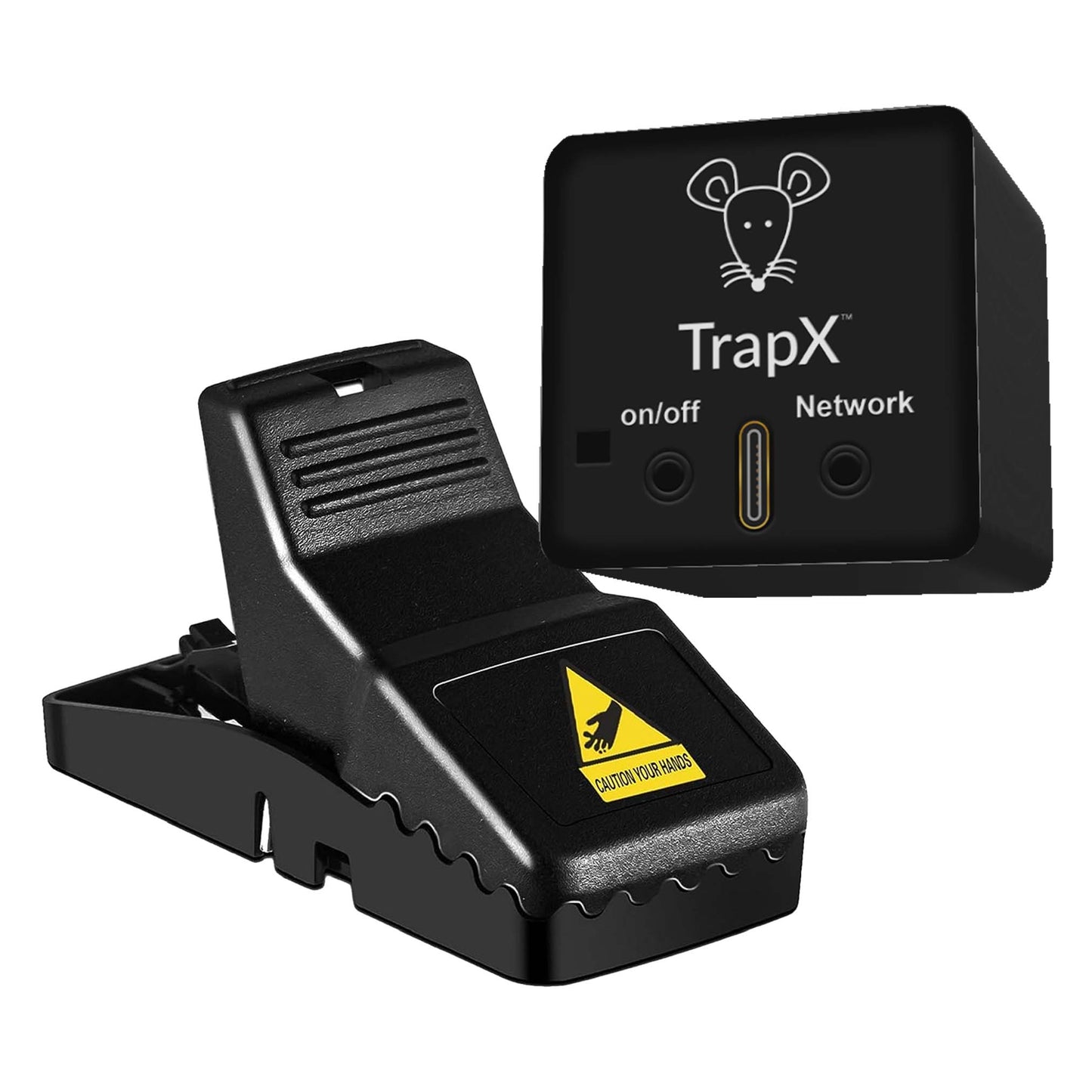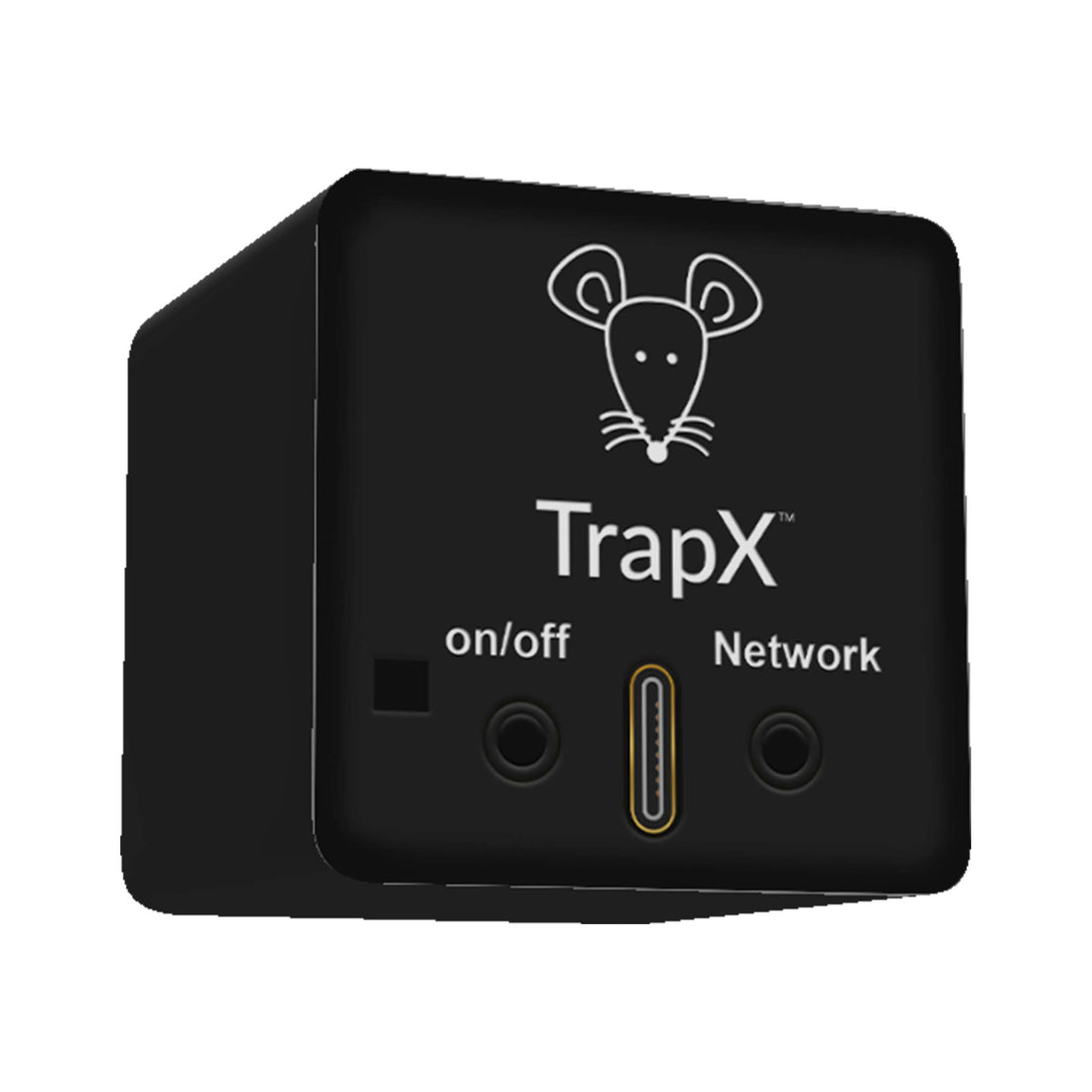The Future of Smart Pest Control: A Comprehensive Guide
Share
Imagine a world where you can control pests in your home with just a few taps on your smartphone. Welcome to the future of smart pest control. As technology advances, so does our ability to manage and eliminate pests more effectively and sustainably. This comprehensive guide will walk you through everything you need to know about smart pest control, from its benefits to the latest innovations in the field.

What is Smart Pest Control?
Smart pest control refers to the use of advanced technology to monitor, manage, and eliminate pests. Unlike traditional methods that rely heavily on chemical pesticides, smart pest control leverages the Internet of Things (IoT), artificial intelligence (AI), and other cutting-edge technologies to provide a more effective and environmentally friendly solution.

Why Smart Pest Control is Important
Pests are more than just a nuisance; they can pose serious health risks and cause significant damage to property. Traditional pest control methods often involve harmful chemicals that can be detrimental to both humans and the environment. Smart pest control offers a safer, more efficient alternative. Here are some key benefits:
- Eco-Friendly: Reduces the need for chemical pesticides.
- Efficient: Provides real-time monitoring and targeted solutions.
- Cost-Effective: Long-term savings through preventive measures.
- Healthier: Minimizes exposure to harmful chemicals.

How Smart Pest Control Works
Smart pest control systems typically involve a combination of sensors, cameras, and software. Heres a basic overview of how they work:
- Sensors: These are placed in strategic locations to detect pest activity. They can monitor various factors like temperature, humidity, and movement.
- Cameras: High-resolution cameras capture images or videos of pests, which are then analyzed by AI algorithms.
- Software: The data collected by sensors and cameras is processed by specialized software that identifies the type of pest and suggests appropriate actions.
- Action: Based on the softwares recommendations, you can take targeted actions such as setting traps, using natural repellents, or calling a professional exterminator.
Types of Smart Pest Control Solutions
There are various types of smart pest control solutions available, each designed to tackle specific pest problems. Here are some of the most popular options:
Smart Traps
These traps use sensors and cameras to detect and capture pests. They can be monitored remotely via a smartphone app, allowing you to know when a trap has been triggered and needs to be emptied.
Ultrasonic Repellents
Ultrasonic devices emit high-frequency sound waves that are unpleasant for pests but inaudible to humans. These can be used to deter rodents, insects, and other common pests.
Automated Sprayers
These devices can be programmed to spray natural repellents at specific times or when pest activity is detected. They are particularly useful for outdoor areas like gardens and patios.
AI-Powered Monitoring Systems
These systems use AI algorithms to analyze data from sensors and cameras, providing real-time insights and recommendations. They can even predict pest outbreaks before they happen, allowing for proactive measures.
Case Studies: Real-World Applications of Smart Pest Control
To give you a better understanding of how smart pest control works in real life, lets look at some case studies:
Case Study 1: Smart Pest Control in Agriculture
A large farm in California implemented a smart pest control system to manage its pest problem. Sensors and cameras were installed throughout the fields to monitor pest activity. The data collected was analyzed by AI software, which identified the types of pests and suggested targeted treatments. As a result, the farm reduced its use of chemical pesticides by 50% and saw a 30% increase in crop yield.
Case Study 2: Urban Pest Control
An apartment complex in New York City faced a severe rodent problem. The management decided to implement a smart pest control solution that included ultrasonic repellents and smart traps. The system was monitored remotely, allowing for quick action when pests were detected. Within six months, the rodent population was reduced by 80%, and tenant complaints dropped significantly.
The Future of Smart Pest Control
The field of smart pest control is constantly evolving, with new technologies and innovations emerging regularly. Here are some trends to watch for in the coming years:
Integration with Smart Home Systems
As smart home technology becomes more prevalent, we can expect to see greater integration between smart pest control systems and other smart home devices. Imagine a scenario where your smart thermostat detects an increase in humidity, which could indicate a potential pest problem, and alerts your smart pest control system to take preventive measures.
Advanced AI and Machine Learning
AI and machine learning algorithms will continue to improve, making smart pest control systems more accurate and efficient. These advancements will enable systems to better predict pest outbreaks and provide even more targeted solutions.
Increased Use of Drones
Drones equipped with sensors and cameras can cover large areas quickly, making them ideal for monitoring pest activity in agricultural settings. They can also be used to deliver targeted treatments, reducing the need for manual labor.
Conclusion
Smart pest control is revolutionizing the way we manage pests, offering a safer, more efficient, and environmentally friendly alternative to traditional methods. Whether youre a homeowner looking to keep your living space pest-free or a farmer aiming to protect your crops, smart pest control solutions can provide the peace of mind you need. As technology continues to advance, the future of pest control looks brighter than ever.
May16.chat.5pass.general public.smart pest controlAs an Amazon Associate, I earn from qualifying purchases.
